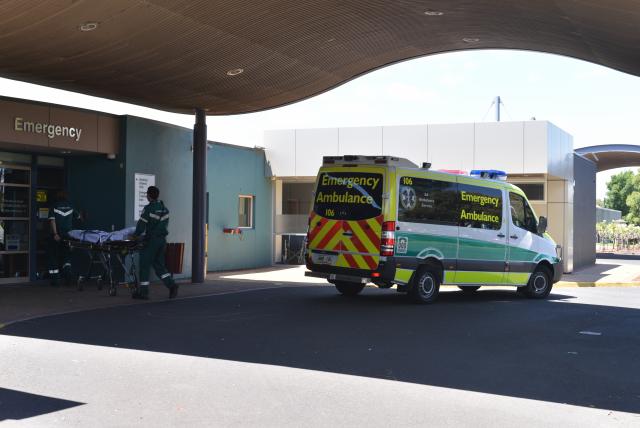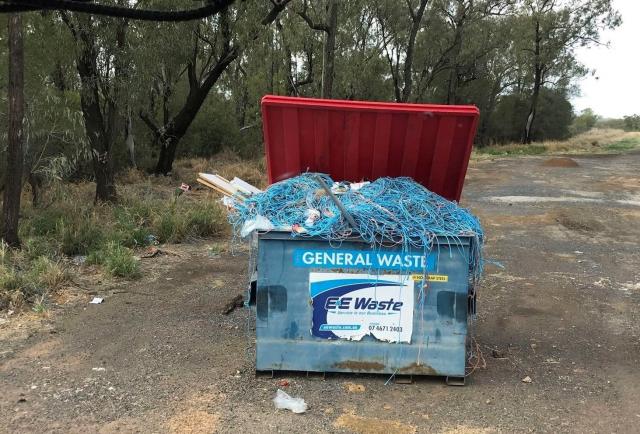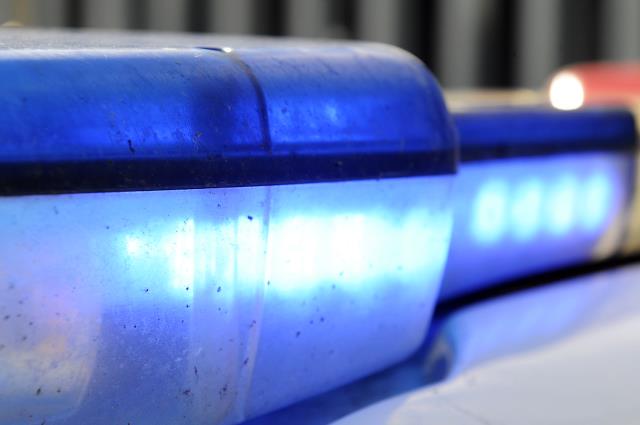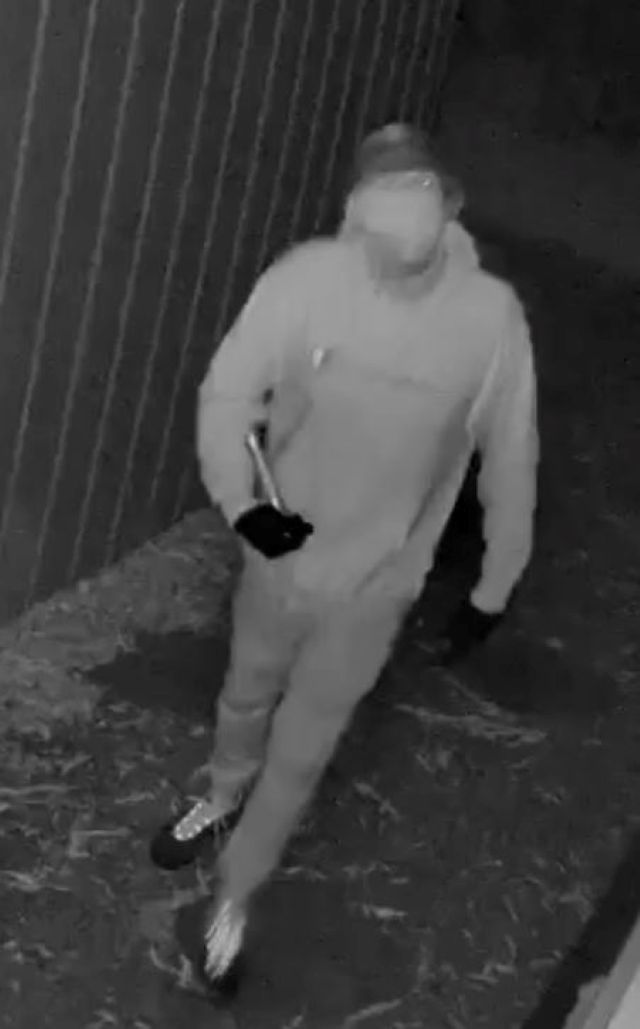Ambulance Victoria (AV) paramedics are reaching patients nearly two minutes faster than a year ago despite another record-breaking quarter for emergency ambulance demand.
Executive Director Clinical Operations Anthony Carlyon said the average response time to Code 1 “lights and sirens” cases was now under 15 minutes for the first time in more than two years.
“While there is more work ahead of us, it is encouraging our response to Code 1 emergencies improved a full minute and 46 seconds compared to a year ago,” Mr Carlyon said.
“The Productivity Commission’s recent Report on Government Services shows Victoria has Australia’s most trusted paramedics and leads the nation in cardiac arrest survival and pain management.
“Our dedicated paramedics and first responders are to be commended for the outstanding care they deliver to communities across the state.”
The last quarter of 2023 was the busiest in AV’s history with 154,267 emergency cases. This includes 99,833 Code 1 cases – the second most on record – and 54,434 Code 2 cases.
Between October and December 2023, paramedics across Victoria responded to 67.3 per cent of Code 1 cases within the statewide target of 15 minutes – up from 66 per cent for the previous three months and 7.1 percentage points better than 60.2 per cent a year ago.
As a result, the state-wide average response time to Code 1 emergencies dropped from 16 minutes and 44 seconds to 14 minutes and 58 seconds.
In the last three months of 2023, paramedics responded to 3,239 more Code 1 cases than the previous quarter and only 405 fewer than a year ago when Code 1 demand exceeded 100,000 cases for the first time.
Performance against the 15-minute target for Code 1 cases improved in 74 of Victoria’s 79 Local Government Areas (LGAs) compared to a year ago, with the biggest improvements in Melbourne’s growing outer suburbs.
In the outer east:
73.6 per cent of the 2160 callouts in Knox were responded to within 15 minutes, down 0.2 per cent but the average response time improved by 20 seconds to 13 minutes and 34 seconds.
71.3 per cent of Maroondah’s 1567 callouts were responded to within 15 minutes, down 1.7 per cent while the average response time improved by 6 seconds to 13 minutes and 49 seconds.
51.4 per cent of callouts in 1759 Cardinia were responded to within 15 minutes, up from 50.8 per cent and the average response time worsened by 31 seconds to 17 minutes and 51 seconds.
55.5 per cent of the 2190 Yarra Ranges callouts were responded to within 15 minutes, improved from 53.7 per cent with the average response time also improving by 19 seconds to 16 minutes and 52 seconds.
Mr Carlyon said improved performance followed increased use of alternative and virtual care services for people in the community who did not require an ambulance.
“From October to December 2023, 38,695 people who did not need an emergency ambulance were instead connected to more appropriate care by paramedics and nurses in AV’s Secondary Triage team,” Mr Carlyon said.
“There are now so many options for people in the community to get timely, non-urgent health advice and save Triple Zero (000) for emergencies.
“For non-life-threatening matters, you can connect directly with emergency doctors and nurses at the Victorian Virtual Emergency Department (VVED) from anywhere in Victoria, at any time.
“Since October 2021, paramedics have referred more than 56,000 patients to the VVED, while a further 5,400 have been referred to the VVED following assessment by our Secondary Triage team.
“Other options also include your local Priority Primary Care Centre, your GP or pharmacist, or Nurse-On-Call on 1300 60 60 24.
“While we continue to work with hospitals to improve transfer times, avoiding unnecessary ambulance attendances and trips to hospital relieves pressure in the health system and means paramedics are more available for emergencies in the community.”







